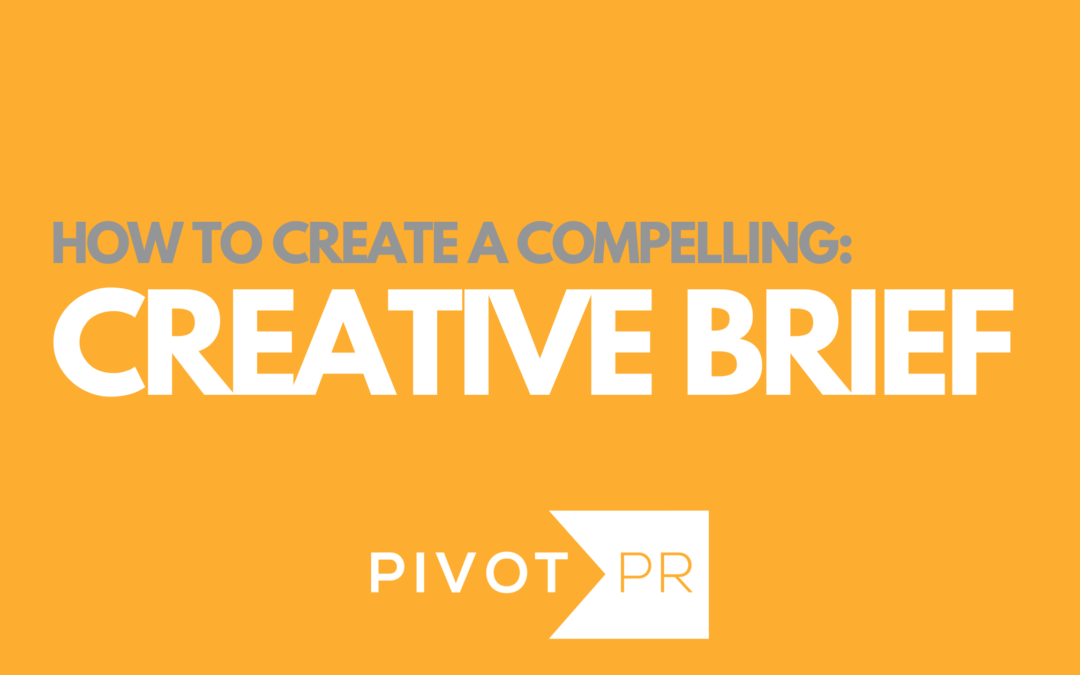What is a creative brief and why is it useful?
Creative briefs allow all team members to be on the same page before the launch of a project by connecting creative work to broader goals. By outlining purpose, objectives and expectations before work begins, time is saved and confrontations during the review and approval process are avoided. Creative briefs are especially useful to agencies in understanding and implementing a client’s vision. They aid a wide variety of conceptual projects, including launch campaigns, website development, brochures and online ads on social media.
What does a creative brief contain?
- Title & Description – Provide a title and a short description of the campaign so clients and the creative team understand the intention of the creative work.
- Goals & Objectives – Define the specific business need and what the project will accomplish. Ensure that the listed goals are measurable. By the end of the project, look back at these goals and discern whether you’ve met your objectives.
- Target Audience – Outlining your target audience will help better tailor your project to them. Outline specific insights and demographics including age, gender, income level, marital status and education level. Note the audience’s values, interests, wants and needs. Understanding your audience beforehand will assist your team in relaying your intended message to the right people.
- Messaging & Tone – Clearly establish what messaging you want to deliver to your target audience. When they receive your message, how should they feel, think, want and do? What is their call to action? Include any brand guidelines or where to locate them. Following brand guidelines ensures the tone of your messaging matches that of your brand and keeps your messaging consistent across campaigns.
- Assets & Deliverables – Describe all creative assets and deliverables. Specify asset requirements such as dimensions, number of versions and design elements.
- Stakeholders – Identify all important stakeholders upfront. Cross-functional team collaboration is almost always necessary with creative work, involving more than one department. Each team member should know what they’re individually responsible for.
- Budget – Establishing a budget early on will help you stay in line financially and guide decision-making throughout the project.
- Timeline – Keep your team on track by establishing an early timeline. Note an anticipated start and end date, then fill in as many important dates as possible within. This allows all team members to plan accordingly and will notify you of any potential conflicts.
- Distribution process – Identify how your media assets will be communicated to your audience. Social media, email, blog and paid advertisements are just a few ways to distribute your messages.
